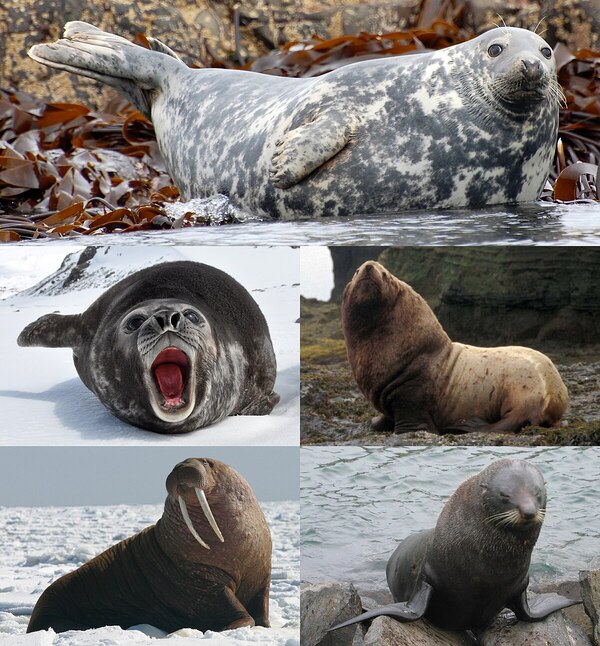When you think of seals, the first thing that comes to mind might be their adorable faces or their graceful movements in the water. But have you ever wondered, are seals mammals? It's a common question among animal lovers, students, and curious minds alike. In this article, we’ll dive into what makes seals mammals, how they differ from other animals, and why their classification is so fascinating.

To answer the question directly: Yes, seals are mammals! While seals might look very different from land mammals like lions or Elephants-Are-Endangered.html">elephants, they share the same fundamental characteristics that define mammals. So, what makes them mammals?
Warm-Blooded: Like all mammals, seals are warm-blooded, meaning they can regulate their body temperature internally, unlike cold-blooded animals such as reptiles.
Live Birth: Seals give birth to live pups, rather than laying eggs, which is another key trait of mammals.
Breastfeeding: Female seals nurse their pups with milk, which is produced by mammary glands. This is a classic feature of mammals and one of the primary ways they nurture their young.
Hair/Fur: Although seals are often seen in the water, they still have fur or whiskers, another defining trait of mammals.
You might be wondering, “If seals are mammals, then why do they look so much like fish?” It's true that seals are aquarium/52-marine-animals.html">marine animals and spend much of their time in the water, but they are not fish. While fish have gills to breathe underwater, seals have lungs and breathe air just like humans. They are often compared to fish because they share some adaptations for swimming, such as streamlined bodies and flippers, but they are still classified as mammals because of their air-breathing abilities and live births.
Seals belong to a group of marine mammals known as pinnipeds, which also includes sea lions and walruses. Pinnipeds are fascinating creatures because they have evolved to live in both aquatic and terrestrial environments. Unlike most mammals, seals are exceptional swimmers and have specialized adaptations for life in the ocean.
Some species, like the harp seal, even give birth on ice floes, a behavior unique among mammals. This combination of land and sea adaptations makes seals an interesting subject of study for scientists and nature enthusiasts alike.
While seals are indeed mammals, they are quite different from your average land mammal. For instance, most mammals live on land, while seals are perfectly adapted to life in the ocean. Despite these differences, both seals and land mammals share the same basic biological structures, such as vertebrates (backbones) and the ability to maintain a constant body temperature.
Another interesting fact is that, while some mammals have specialized skills like flight (bats) or burrowing (moles), seals have mastered swimming. Their flippers and streamlined bodies are perfectly designed for diving deep and swimming gracefully, even in icy waters.
Diverse Habitats: Seals can be found in a variety of habitats—from the freezing waters of the Arctic to the warm coastlines of the tropics.
Long Lifespan: Some species of seals can live up to 30 years in the wild, which is quite long for a marine mammal.
Communication: Seals use vocalizations to communicate with each other, whether it's for mating calls or signaling distress.
Amazing Divers: Certain species of seals, like the Weddell seal, can dive to depths of over 2,000 feet in search of food, demonstrating their extraordinary adaptation to aquatic life.
In conclusion, seals are definitely mammals. They share many of the essential features that define mammals, including live births, the ability to nurse their young, and warm-bloodedness. Though they live in the ocean and have some fish-like traits, seals are firmly in the mammal category due to their biological characteristics. So the next time you see a seal gliding gracefully through the water, you can appreciate them as one of the ocean’s most remarkable mammals!
animal tags: Odobenidae
We created this article in conjunction with AI technology, then made sure it was fact-checked and edited by a Animals Top editor.